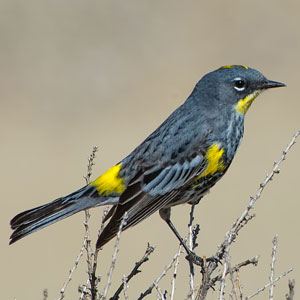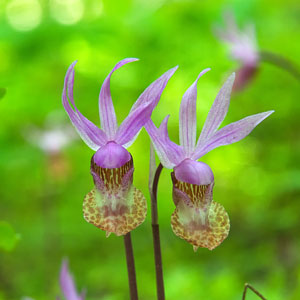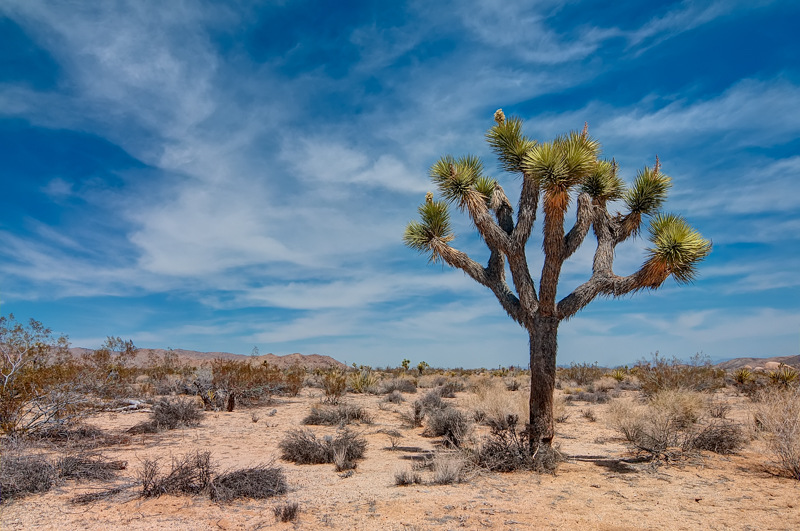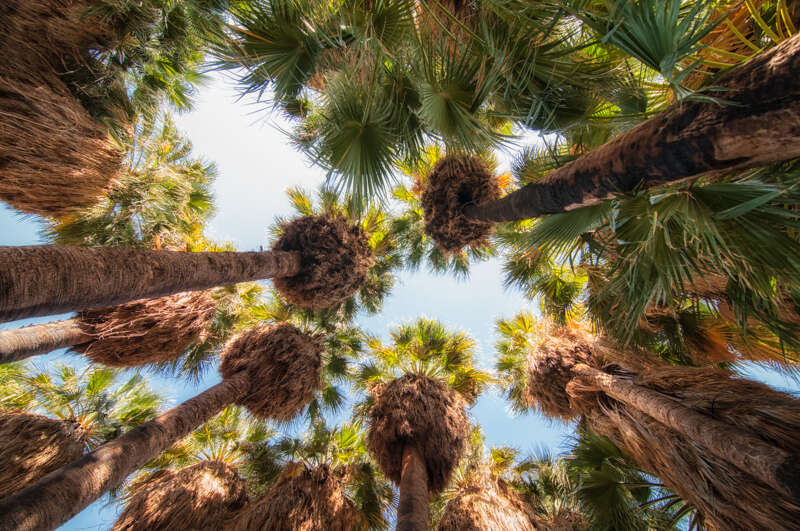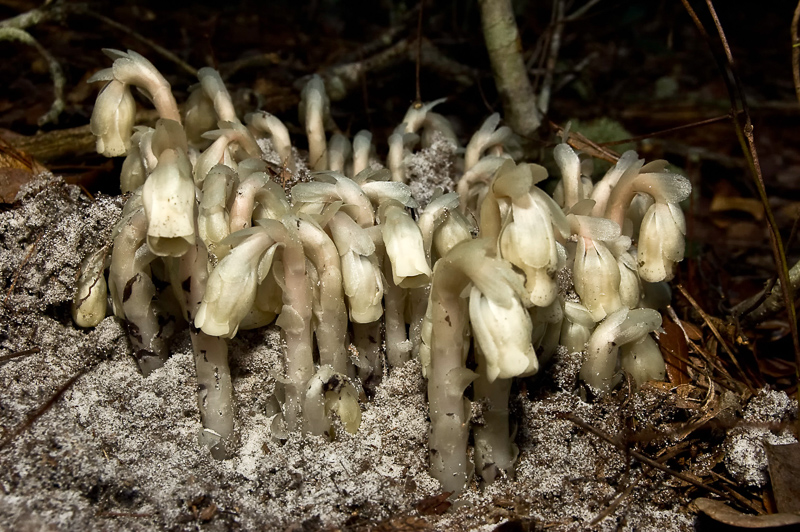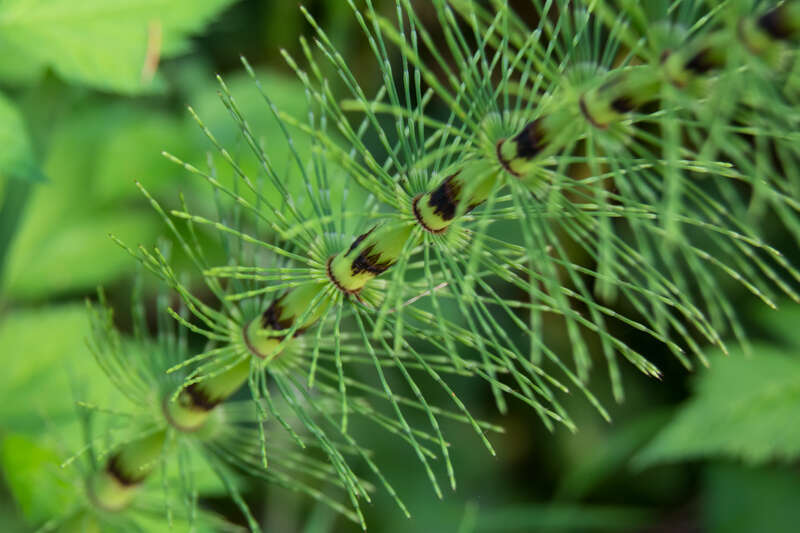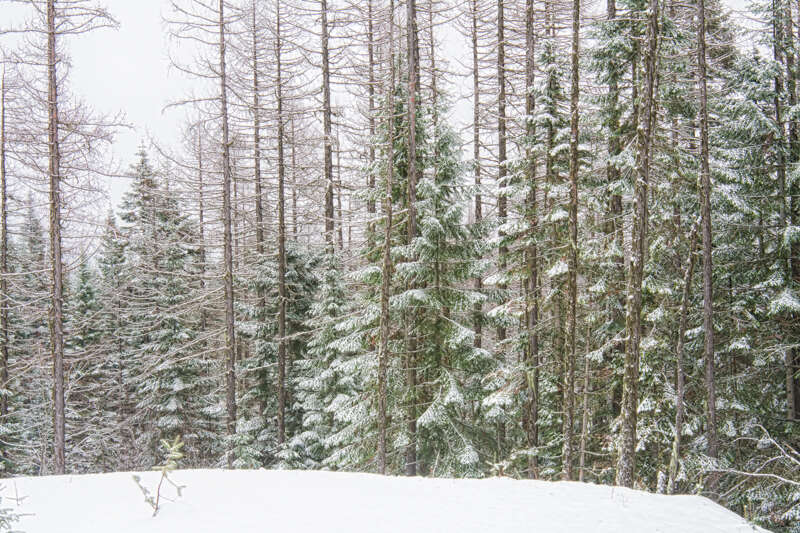Botanicals
This last and final collection of galleries include all the non-wildflower images such as our native trees, ferns, palms, fruits and berries, cacti, saprophytes, mosses, bromeliads and more!
Fruits and Berries
As delicious as most fruits and berries are, they also can be very beautiful, especially when photographed in the wild. This group of wild fruit galleries is split into many different types for easier viewing and loaded with information about each type. Enjoy!
Cacti
Cactus Family. Everyone knows what a cactus is, yet they are so difficult to define. A cactus is a succulent plant that has a particular pattern: many combined and merged sepals and petals (tepals), often hundreds of stamen, and usually numerous stigma lobes. They are typically found in arid climates and most of them have sharp spines that are actually modified branches. While all cacti are succulents, not all succulents are cacti.
Ferns
Ferns have been around a long, long time. They were flourishing before there were animals on land. In fact, their fossil record goes back some 360 million years ago, and they are still very abundant in all kinds of habitats today, usually in wet environments, but they can also be found in the desert too!
Bromeliads
Bromeliads are members of the pineapple family, don’t have a stem, and are often epiphytic (meaning they live in or on trees). Instead of being in the ground like most plants, their roots act as anchors to keep it firmly in place so it can resist wind, rain or contact with other branches or animals.
Asparagaceae (Agaves and Yuccas)
Since a recent name-change from Agavoideae to Asparagaceae, this commercially important family of tough, hardy and often desert-loving flowering plants is responsible for such sugary treats as agave nectar, desert icons such as the Joshua Tree, the century plant, historical military fort defenses in the form of impenetrable walls of the malicious and calvary-stopping “Spanish daggers” employed by the Spaniards in the New World and to those Southern Mexican species that when the sap from the pulverized plants get fermented, they become the cultural delights known today as tequila and mescal!
Palms
The very symbol of the tropics and vacations, all palms belong to the botanical family, Arecaceae and are found all around the world, primary in hot wet climates, but some can be found in the desert if there is a nearby water source (think of your stereotypical oasis). Out of roughly 2500 types of palms found worldwide, North American has only 11 native species.
Saprophytes
A saprophyte is an organism which gets its energy from dead and decaying organic matter. Many plants around the world have traded the ability to use sunlight to make their own energy to survive in places where most plants cannot survive. That is why these plants tend to lack any chlorophyll, which causes saprophytes to have their own very unique non-green appearance.
Mosses
Mosses are small flowerless, spore-producing plants, with spores produced in small capsules that are typically found in large soft mats on the forest floor, covering rocks and trees and are found all over the world in moist, shady locations except in salt water.
Horsetails
Members of the horsetail, snake grass, and puzzlegrass family all belong to the Equisetum genus and are common in the Northern United States and readily found throughout Canada. While they superficially look like ferns, they have their own distinct lineage, and during the time of the dinosaurs grew to heights of up to 30 feet!
Deciduous Trees (Hardwoods)
The very definition of deciduous means “the dropping of a part that is no longer needed”. These hardwoods shed their leaves seasonally, and reproduce usually through flowers that require some sort of pollination (either by self-pollination or with the assistance of wind, birds, bats or insects). Some common examples include maples, oaks, beeches, birches, sycamores, elms, aspens, apples, dogwoods, magnolias, and willows.
Coniferous Trees (Softwoods)
Sometimes called evergreens, most coniferous trees keep their foliage year-round and are easily recognizable from non-conifers by that fact that they produce cones and do not flower. Examples include cedars, Douglas firs, cypresses, firs, junipers, larches, pines, hemlocks, redwoods, spruces, and yews.
Botanical Images
These are a bunch of images of plants, or relating to plants that don’t fit into any particular gallery.



